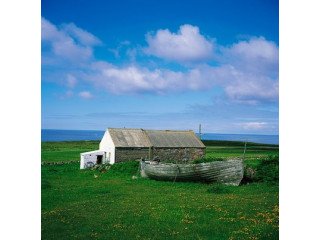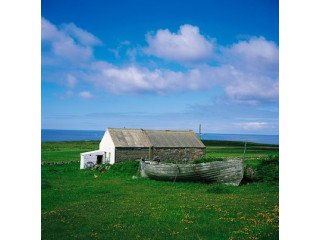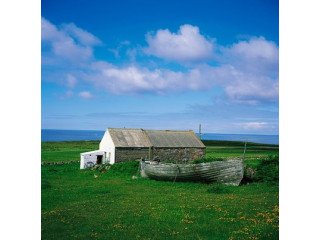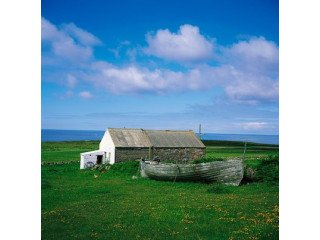Clad Steel Plate
2021-12-28 09:07 Automobiles Barddhamān 223 views Reference: 370Location: Barddhamān
Price: Contact us
Clad Steel Plate is a composite steel plate made by bonding stainless steel, etc. (cladding material) to either or both sides of carbon steel or low-alloy steel (base metal). Clad steel plate combines the necessary strength of a structural material (base metal) with the resistance to heat and corrosion (cladding material). Moreover, it offers substantial economic benefit, because it costs substantially less than a plate made entirely of the cladding material.
Gilding Metal Clad Steel Strips refer to the copper alloy, comprising 95% copper and 5% zinc. Technically, it is brass. Gilding metal is used for various purposes, including the jackets of bullets, driving bands on some artillery shells, as well as enameled badges and other jewelry. It is a special kind of brass, with a high percentage of copper, used to make objects which are to be gilded by electrolysis.
Like bullets, Cups for Military can be identified as having been fired by a specific firearm. The time when cartridges are loaded into a firearm the potential for the transfer of unique tool marks exists. However, the cartridge does not have to be fired for these marks to be transferred. Simply loading a cartridge into a firearm can generate a unique identification mark that can be easily identified.
Cartridge Case Cups are mostly made of brass but can also be made of other materials such as steel and plastic. Cartridge cases come in a variety of finishes but the material used in cartridges is usually softer than that of a firearm. The surface of the cartridge case that meets the inner workings of the firearm may be marked.
Tool marks produced on the cartridge cases will be in two basic forms. As the microscopic striations found on bullets, cartridge cases can pick up striated action marks. These "scratches" are produced when the cartridge case moves laterally against the tool producing a scrape or striated mark. The other forms of marks that can be left on a cartridge case are impressed with action marks. Impressed marks are created on cartridge cases when it impacts the tool (again, the firearm) with adequate velocity or pressure to leave an impressed or indented mark.
Cartridge Bullet Cups are compared to fired standards from a firearm using a comparison microscope as described on the bullet identification page. Standards are first examined to determine what marks, if any, the firearm is consistently reproducing. Evidence cartridge cases are then directly compared to the standards to see if they too are also similarly marked. In the case of Gunwantlal v. State of M.P it was held that “ From the perusal of the record it can be safely inferred that the presence of a live cartridge in the handbag was not within the knowledge of the petitioner and petitioner did not have requisite mens rea for committing the said offence.”
Copper Clad Steel (CCS), also known as copper-covered steel or the trademarked name Copperweld is a bi-metallic product, mainly used in the wire industry that combines the high mechanical resistance of steel with the conductivity and corrosion resistance of copper. It is mainly used for grounding purposes, line tracing to locate underground utilities, drop wire of telephone cables, and inner conductor of coaxial cables, including thin hookup cables like RG-174 and CATV cable. It is also used in some antennas for RF conducting wires.














